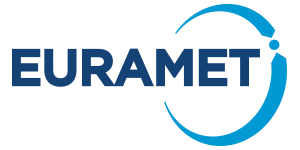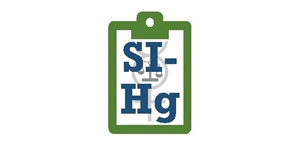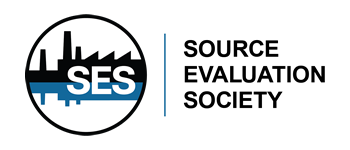| Abstract Title: | Characterisation of Fugitive Methane Emissions the UK Gas Distribution System using Isotopic and Chemical Proxies |
| Presenter Name: | Dr aliah alshalan |
| Company/Organisation: | Royal Holloway University of London |
| Country: | United Kingdom |
Abstract Information :
Characterisation of Fugitive Methane Emissions the UK Gas Distribution System using Isotopic and Chemical ProxiesrnrnThe rise in atmospheric methane mole fractions in the last 15 years is finally reaching the attention of governments and the Methane Pledge to reduce emissions of 30 by 2030 was announced at COP26. More than 60 of global CH4 emissions are attributed to human activities Jackson et al, 2020. The fossil fuel sector is one of the largest anthropogenic sources of methane emissions and a target for CH4 reductions and there is now urgent need to implement this Nisbet et al,2019.rnSources of fugitive fossil fuel emissions in the UK have been identified and characterized by mobile measurement survey in vehicles e.g. Lowry et al., 2020 and aircraft e.g. France et al., 2021. Coal mines that had significant emissions of CH4 in 2013, before and during closure, have been resurveyed recently and now mostly emissions are not detected. The gas production and distribution system on the other hand has numerous points of emission, despite an ongoing pipeline replacement programme. Surveys since 2017 as part of UN, GOV-UK BEIS and NERC-UK projects have identified emissions from production platforms, onshore terminals, compressor stations, offtake stations, gas governors and pipeline failures. rnVehicle surveys utilized different suites of instruments: Picarro G2301 and G2201i CRDS analyzers, a Los Gatos Research Ultraportable Methane Ethane Analyzer LGRUMEA, and LiCor 7810 greenhouse gas analyser, all measuring methane. The portable LGR and LiCor instruments were also used for walk-over surveys at points of interest. Air bag samples were collected in plumes during surveys to measure in the RHUL laboratory the carbon isotopic signature at different points in the customer supply chain. The range of signatures identified is from -43.7 to -32.4 n153, showing an enrichment relative to atmospheric background -48 to -47.5, with the southern North Sea production that feeds into the Bacton Terminal identified as the most enriched at -31.8 1.5 n13. rnSince 2018 the LGR UMEA ethane data has been used to identify distribution leaks as this is not a component of waste, agricultural and coal sources. The ratio of C2H6:CH4 C2:C1 during surveys of gas allows separation of pyrogenic and thermogenic gt;0.03 from biogenic lt;0.005 sources Rella et al, 2015: Lowry et al,2020, with UK gas distribution dominantly in the range 0.04 to 0.08 and is consistent for leak plumes transected on multiple passes.rnMost larger peaks have been located downwind of offtake stations on the high-pressure mains network. The 2021 survey results of emission plumes from these are now being assessed to select suitable peak candidates for Gaussian plume emission modelling, with the potential to upscale to a national emission for facilities of this category. rnrnrnrnrnrnrnFrance et al., 2021, Atmos. Meas. Tech., 14, 7188. https:doi.org10.5194amt-14-71-2021rnJackson et al., 2020, Environ. Res. Lett., 15, 071002, doi :10.10881748-9326ab9ed2rnLowry et al., 2020, Science of the Total Environ.,7082020134600, https:doi.org10.1016j.scitotenv.2019.134600rnNisbet et al., 2019., American Geo. Union. doi: 10.10292018GB006009rnRella et al., 2015., Atmos. Meas. Tech., 8, 45394559, 2015, doi:10.5194amt-8-4539-2015rnrnrnrn






